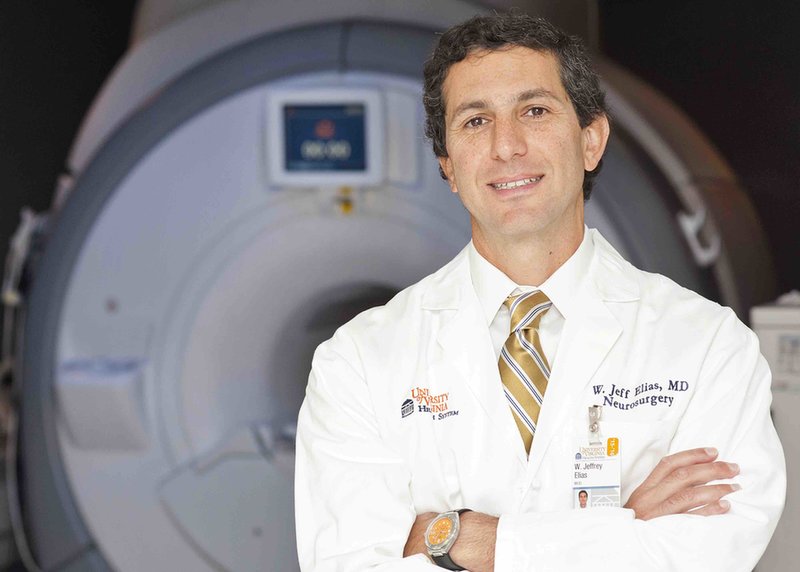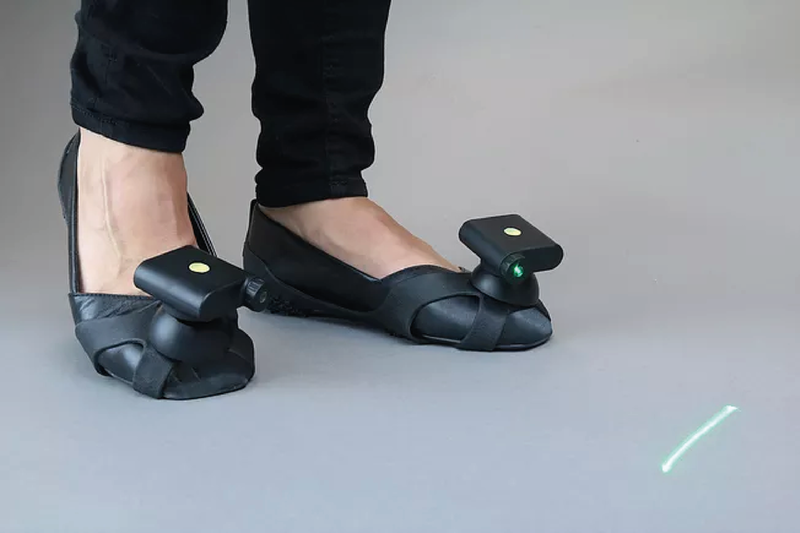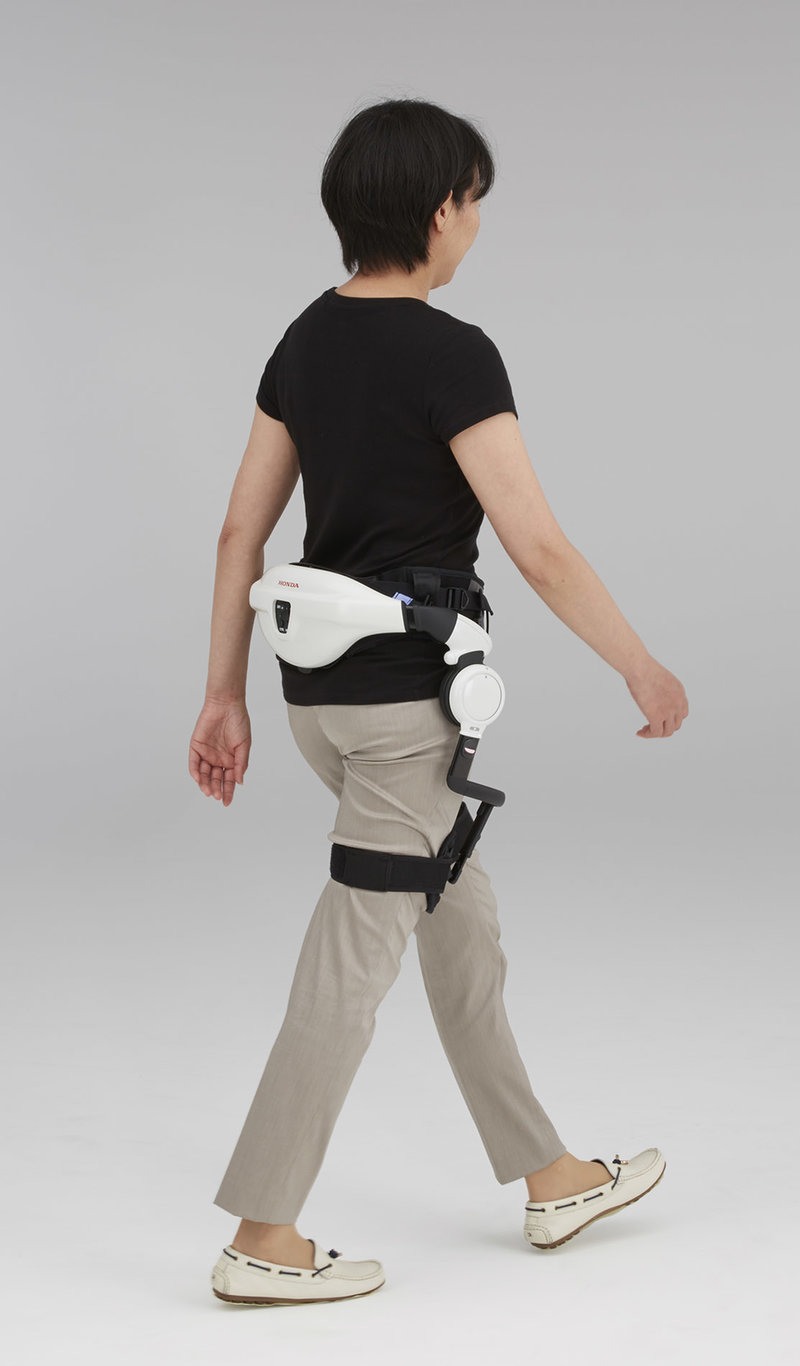Emerging technology
Taming tremors: medical devices for Parkinson’s disease
Parkinson’s disease affects around ten million people worldwide and while some drugs are available, there is currently no cure and little medication to treat symptoms. Various medical devices have, however, come to the aid of sufferers, with more and more being developed all the time. Allie Nawrat takes a look at a few of the most innovative concepts.

Scalpel-free ultrasound treatments for tremors
In January this year, the US Food and Drug Administration (FDA) approved a focused ultrasound, scalpel-free treatment proven by researchers at the University of Virginia (UVA) to reduce medication-resistant tremors experienced by Parkinson’s patients.
Manufactured by Insightec, the focused ultrasound technology means surgeons can perform brain surgery without cutting into the patient’s skull and without affecting the surrounding brain tissue.
It uses an acoustic lens to direct sound waves through the skull and into the brain and to generate a tiny hot spot. This allows physicians with the help of magnetic resonance imaging to interrupt faulty brain circuits that cause the Parkinsons’ tremor.
The UVA researchers led by neurosurgeon Dr Jeff Elias are continuing to test if focused ultrasound could treat other symptoms of Parkinson’s disease.

Image courtesy of University of Virginia Health System
Laser shoes to prevent freezing of gait
Denmark-based Walk with Path has developed a shoe attachment, called Path Finder, which provides laser-based visual cues to help with a common, debilitating Parkinson’s symptom, freezing of gait.
Freezing of gait is when Parkinson’s patients suddenly come to a stop and feel like they are frozen to the ground. This symptom has proven difficult to control through pharmacological means, leading research to be undertaken into alternative approaches, including external visual and auditory cues.
Path Finder works by automatically producing a visual cue every time the patient takes a step; the visual cue is in the form of a green laser line in front of the opposite foot. This helps to prompt the brain about what the body needs to do next without any activation from the patient.
In a recent study by researchers from Radbound University, the Netherlands, Path Finder reduced the amount of time frozen by 56.5% in patients not taking medication.

Image courtesy of Walk With Path.
Controlling hand tremors with a wearable watch
Microsoft has developed the Emma Watch, which can help control hand tremors, a common symptom of Parkinson’s disease. The watch works by sending vibrations to the brain using small motors, which distracts the brain when it creates tremors, and therefore calms muscle movements.
The watch was designed by Microsoft Research Cambridge innovation director Haiywan Zhang for her friend Emma Lawton, a graphic designer with Parkinson’s, to allow her to be able to write more easily.
Lawton said: “The device doesn’t stop my tremor. It gives me some control there. The writing, it’s not going to be perfect. But, my God, it’s better.”

Image courtesy of Microsoft
Next-generation walking assistance devices
Ohio State University and Honda R&D Americas are carrying out a study to determine whether the latter’s Walking Assist device, which was created for post-stroke recovery patients, could improve the mobility of Parkinson’s patients in both the short and long-term.
The research received funding from the Michael J Fox Foundation in February this year; Fox was diagnosed with Parkinson’s in 1991.
Honda’s Walking Assist device is a lightweight, robotic product worn by the patient on the waist and legs, which helps with balance and stability, therefore encouraging efficient and symmetrical walking patterns that mean the patient can walk both faster and further.

Image courtesy of Honda